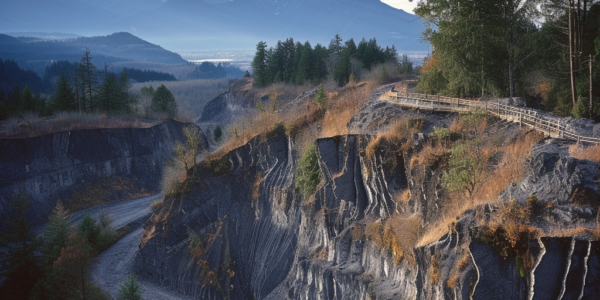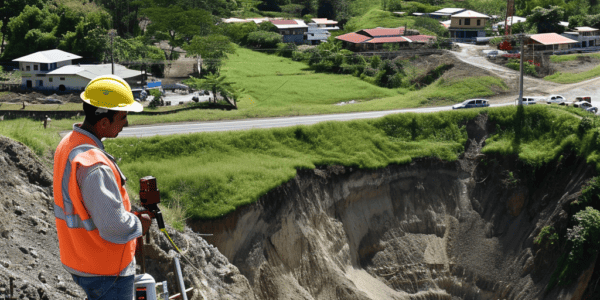Strange Structures Discovered in the Pacific Could Revolutionize Our Understanding of Earth’s History
A recent study led by geophysicist Simon Lamb and scientist Cornel de Ronde has revealed surprising findings that could revolutionize our understanding of the Earth’s early history and the origins of life. The research focuses on remote sites in South Africa’s Barberton Greenstone Belt and the seafloor off the coast of New Zealand, suggesting that these locations hold the key to unraveling the mysteries of the planet’s infancy. The study challenges the traditional view of the early Earth as a fiery ball of molten magma, proposing instead that the young planet was constantly rocked by large earthquakes triggered by tectonic plate movements in a subduction zone. These groundbreaking findings could potentially reshape our understanding of Earth’s geological history and provide unexpected insights into the origins of life on our planet.
Earth’s Crust Flipped Upside Down Beneath Mediterranean
Earth’s crust has flipped upside down beneath the Mediterranean as Africa and Eurasia collide, leading to rare, deep earthquakes in Spain. Geologists suggest that the capsized tectonic slab may be responsible for the seismic activity. The sinking of the Mediterranean floor beneath Europe is causing the crust to become more prone to earthquakes, as explained by a new study.
Massive Ancient Tsunami Uncovered in Western Canada
University of Saskatchewan researchers make groundbreaking discovery of evidence of a massive tsunami that swept across ancient sea covering Western Canada and northern United States 445 million years ago. Dr. Brian Pratt and Dr. Colin Sproat shed light on this ancient natural disaster, providing valuable insights into the geological history of the region.
New Study Offers Fresh Perspective on Seattle Fault Zone
New study from Washington State Department of Natural Resources offers fresh perspective on Seattle fault zone, potentially aiding in more accurate predictions of future seismic events. Study reveals major ancient fault in current location of Seattle fault, with potential to trigger a 7.2 magnitude earthquake. Results could help prevent substantial loss of life and economic damage.
Breakthrough in Understanding Tectonic Plate Behavior in Subduction Zones
Researchers from Penn State University and Brown University have made a significant breakthrough in understanding the behavior of tectonic plates in subduction zones between earthquakes. By studying ancient rocks from subduction zones in Alaska and Japan, the team has developed…
Cervical Cancer Rates on the Rise in Low-Income U.S. Counties
Cervical cancer rates are on the rise in low-income U.S. counties, a concerning trend that highlights the need for increased awareness and access to healthcare in these areas. According to recent studies, the incidence of cervical cancer is increasing in…
New Seismic Data Challenges Existing Models of Himalayan Formation
Recent seismic data collected from southern Tibet has revealed a surprising insight into the forces shaping the Himalayas. Geologists have long debated the mechanisms driving the growth of the world’s highest mountains, and the latest analysis challenges existing models. At…
Costa Rica’s Seismic Faults Show Increased Activity in Response to Distant Earthquakes, Study Finds
A new study has revealed that Costa Rica’s seismic faults experienced increased activity in response to distant earthquakes, shedding light on the country’s complex geology. The research, presented at AGU’s Annual Meeting 2023, indicates that weak fault zones in Costa…








